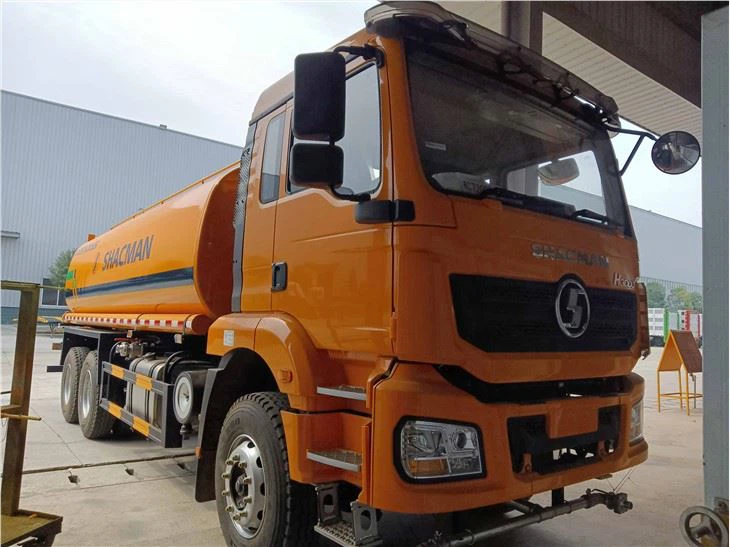Cold Trucks for Sale: Your Complete Buying Guide

Whether you’re in the restaurant business, the floral industry, or need to transport temperature-sensitive goods, cold trucks are a crucial investment. In this comprehensive guide, we will explore everything you need to know about cold trucks for sale. From types of cold trucks to how to choose the right one for your needs, discover the ultimate source for your refrigerated transport options.
What is a Cold Truck?
A cold truck, or refrigerated truck, is specifically designed to transport perishable goods at controlled temperatures. These vehicles have an insulated body and a built-in refrigeration unit that maintains a cool environment, making them ideal for foods, pharmaceuticals, or other temperature-sensitive items.
Types of Cold Trucks
Reefer Trucks
Reefer trucks, short for refrigerated trucks, are the most common type of cold trucks on the market. They are equipped with an independent cooling unit, allowing for temperature control during transit.
Insulated Trucks
Unlike reefer trucks, insulated trucks do not have a refrigeration unit. Instead, they are designed to maintain the temperature of products that are already chilled or frozen, making them ideal for short distances.
Vans and Box Trucks
Vans and box trucks can also be modified to serve as cold trucks. They may come fitted with insulation and a refrigeration system for transporting smaller loads of perishable goods.
Key Features of Cold Trucks
Temperature Range
Most cold trucks can maintain temperatures ranging from -20°F to +70°F. It’s important to choose a truck that meets your specific temperature requirements.

Refrigeration System
Identify the type of refrigeration system you need, whether it’s a standard or a multi-temperature unit that can carry different products at various temperatures.
Size and Capacity
Cold trucks come in various sizes, typically measured in cubic feet or pounds of payload capacity. Assess your typical load requirements to choose an appropriate size.
Table: Common Cold Truck Sizes and Capacities
| Truck Size | Dimensions (L x W x H) | Capacity (lbs) |
|---|---|---|
| Small Van | 10 x 6 x 6 ft | 3,000 lbs |
| Medium Box Truck | 16 x 8 x 8 ft | 10,000 lbs |
| Large Reefer Truck | 26 x 8.5 x 13.5 ft | 20,000 lbs |
Benefits of Buying a Cold Truck
Fresh Deliveries
Using cold trucks allows businesses to ensure that their products remain fresh, which can enhance customer satisfaction and boost sales.
Diverse Transport Options
Whether it’s flowers, pharmaceuticals, or food, cold trucks make it possible to transport a variety of perishable items.
Compliance with Regulations
Many industries require that temperature-sensitive goods be transported under strict temperature controls. Investing in a cold truck helps ensure compliance with local and national regulations.
Buying New vs. Used Cold Trucks
Buying New Cold Trucks
New cold trucks come with warranties and the latest technology, providing better fuel efficiency and performance. However, they also come at a premium price.
Buying Used Cold Trucks
Used cold trucks are a more budget-friendly option. However, it’s vital to inspect them for any wear and tear, refrigeration efficiency, and maintenance history.
Where to Find Cold Trucks for Sale
Online Marketplaces
Websites like TruckPaper and Craigslist often have listings for both new and used cold trucks.
Dealerships
Local dealerships specializing in commercial vehicles may have cold trucks available, often supplying warranties and financing options.
Auctions
Government and commercial auctions can be a great way to find used cold trucks at a lower price. Websites like Public Surplus often list cold trucks for auction.
Financing Options for Cold Trucks
Loans
Consider financing through a bank or credit union. Research interest rates and terms to find what suits your budget.
Leasing
Leasing can be a viable option if you need a truck for a specific period or want to avoid large upfront costs.
Grants
Sometimes grants are available, particularly for businesses aiming to reduce energy consumption or improve food quality through better transport methods.
Maintenance Tips for Cold Trucks
Regular Inspections
Schedule regular inspections to ensure the cooling system is functioning correctly and that there are no leaks in the insulation.
Cleaning

Keep the truck clean and sanitized to prevent contamination, especially if transporting food products.
Monitoring Temperature Logs
Install devices that log temperature during transit, ensuring you can track conditions for compliance and quality control.
FAQs About Cold Trucks for Sale
What should I look for when buying a used cold truck?

Check the refrigeration unit’s performance, look for any signs of wear and tear, review the maintenance history, and inspect the insulation for efficiency.
How do I maintain a cold truck?
Regularly inspect refrigeration systems, clean the interior and exterior frequently, sanitize, and maintain temperature logs for compliance.
Are cold trucks expensive to operate?
Operating costs can vary, but they include fuel, maintenance, and repairs. Fuel-efficient models can help reduce long-term costs.
Can I modify my existing truck into a cold truck?
Yes, you can modify existing trucks with insulation and refrigeration units, though it’s important to ensure they meet regulatory standards.
Do I need special licenses to drive a cold truck?
Generally, a commercial driver’s license (CDL) is required, especially for larger trucks. Check local regulations for specifics.
What are the most common sizes for cold trucks?
Sizes typically range from small vans (3,000 lbs capacity) to large reefer trucks (20,000 lbs capacity) depending on the cargo needs.
